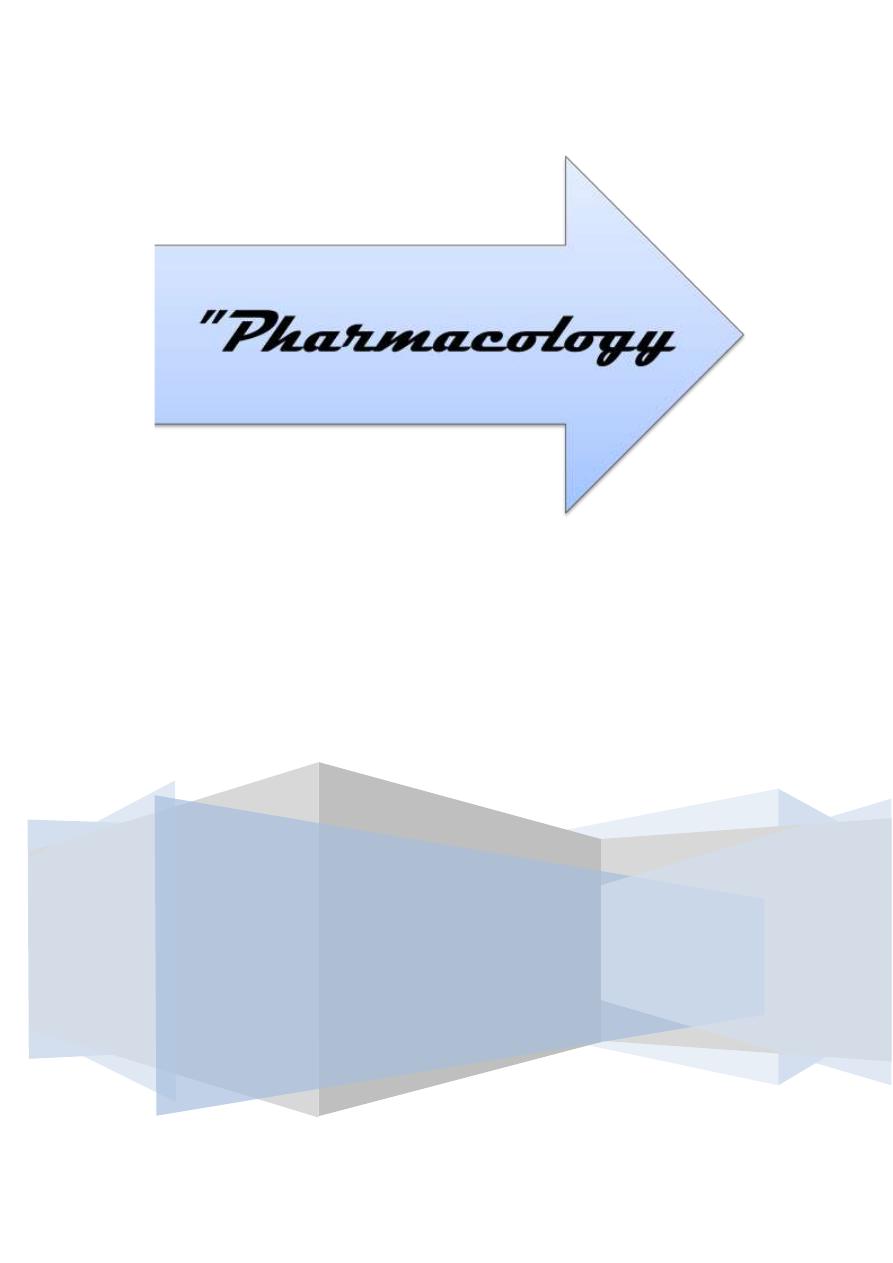
Sunday 23 / 11 / 2014
Ali Kareem 2014-2015
©
Name
:
______________________________
Class
:
_______________________________
مكتب اشور لالستنساخ
ANTI-HISTAMINES
Lecture 4
Total lectures NO. 18
Dr. Mohammed Rashad

2
Antihistamines
Dr. Mohammed Rashad
Clinical classification of H
1
antihistaminics:
1. Highly sedative
Diphenhydramine
Diamenhydrinate
Promethazine
Hydroxyzine
2. Moderately sedative
Pheneramine
Cyprohepatidine
Meclizine
Buclizine
3. Mild sedative
Chlorpheniramine
Mepyramine (pyrilamine)
Triprolidine
Clemastine, cyclizine
4. 2
nd
generation antihistaminics
Terfinadine, fexofinadine & astemizole
Loratadine & desloratadine
Astimizole & acravistine
Cetirizine

3
Azelastine, mezolastine & Ebastine
Pharmacologic effects of antihistaminics :-
1. Antihistaminics
2. Anticholinergic
3. Antiemetic
4. Sedative effect
5. Local anesthetic effect
6. Antiserotonergic effect
7. Antitussive effect
Pharmacological properties of 2
nd
generations (SGA
s
)
1. Higher H
1
selectivity
No anticholinergic side effects
2. Absence of CNS depressant property
Not impaire psychomotor performance
3. Additional antiallergic mechanisms
4. Narrow spectrum of therapeutic
Usefulness (limited by extents of H
1
receptors)
5. Poor antipruritic, antiemetic & Antitussive action
Therapeutic uses of antihistamines (H1 - blocker)
• The general uses include :
Relieve symptoms of seasonal & perennial allergy

4
Allergic & vasomotor rhinitis
Allergic conjunctivitis
Mild angioedema & urticaria
Relief of cough caused by cold & allergy
Relief of drug, blood reaction
Relief of nausea & vomiting
Relief of motion sickness
-
Adjunctive therapy in anaphylaxis
-
Adjunctive therapy to analgesics
Sedative
Treatment of parkinsonism
Adverse reactions (effects)
Drowsiness & sedation
Anticholinergic effects
Dizziness & coordination disturbance
Hypotension & fatigue
Headache, epigastric pain
Photosensitivity
Drug allergy (rash, urticaria & amphylaxis)
Cardiac arrist & death (astemizol)
Syncope lead to severe arrhythmia

5
• Drug interactions
With MAOIs lead to increase Anticholinergic effects
With narcotic or alcohol lead to additive sedative effects
With macrodiol & itraconazole (loratadine, astemizole) lead to
increase risk of cardiac arrhythmia
• Contraindications
1. Hypersensitivity to the drugs
2. During pregnancy
-
Possible malformation & jaundice & hyperreflexia especially with
Promethazine
-
In 3
rd
trimester lead to convulsion of infant
3. Lactation : drug will effect the milk ⟶ - or + milk secretion
Precautions
Bronchial asthma
Benign prostatic hypertrophy
Narrow angle glaucoma
Bladder neck obstruction
Pyloroduodenal obstruction
CV disease
Hypertension
Hyperthyroids

6
Lactation
H
2
receptor antagonists
• Competitive & reversible inhibition particularly effective inhibitors
of HCl
Clinical uses
1. Short term & prophylactive treatment of DU
2. Treatment of benign gastric ulcer
3. Treatment of Zollinger-Ellison syndrome (ulcerogenic tumors of
pancreas)
4. Hge (esophagus, gastric & duodenal erosion)
5. Esophageal reflex
6. Stress gastric ulcers
Adverse effects of H
2
-blockers
Only in 1-2% . will tolerated
Common :
-
Diarrhea, constipation, vomiting
-
Dizziness, somnolence, headache
-
Arthralgia, rash
Most with cimitidine & fewest with nizatidine
More serious :
A. CNS dysfunction :

7
Slurred speech, confusion, delirium
-
Most common in elderly ( most often with cimitidine
Rare for ranitidine
Unknown for famo. & nizatidine
B. Blood dyscrasias :
-
Cimitidine lead to (granulo,thrombo & neutropenia) OR Aplastic A
(very few cases)
-
Ranitidine lead to rare reports
-
Famo. & nizatidine (less information)
C. Pregnancy & nursing mothers :
-
Studies not shown any harmful effects
-
They cross PBB so give only in absolute necessary
-
Breast milk & lead to + - effect infant
D. Liver dysfunction & toxicity :
-
Reversible cholestatic effect (cimitidine)
-
Reversible hepatitis + - jaundice (ranitidine)
-
Reversible changes in liver enzymes (famotidine & nizatidine)
E. Endocrine effects : (antiandrogenic side effects) (cimitidine)
Gyncomastia in males, galactorrhea in female
Decreased sperm count & reversible impotence
-
With high doses as in zollinger-Ellison
-
Rarely observed with therapy < 8 Ws
-
Ranitidine,famo., & nizatdine appear to be free of endocrine
effects
